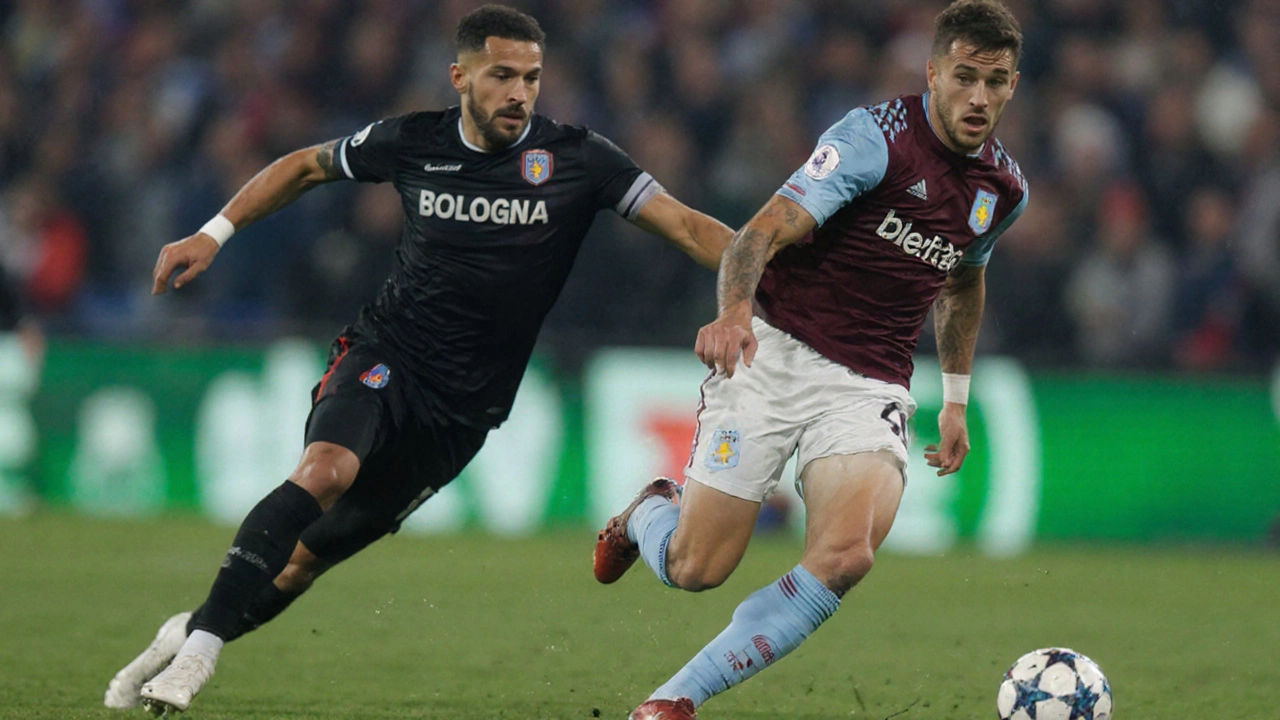Europa League – Latest News and Insights
When you hear about Europa League, you’re talking about the second‑tier club competition that sits just below the Champions League in Europe’s football hierarchy. Europa League, a UEFA‑run tournament that gives clubs finishing outside the top spots in their domestic leagues a shot at continental glory and a route into next season’s Champions League. Also known as UEFA Europa League, it runs from September to May, starts with a group stage, then moves into knockout rounds where away‑goals, extra‑time and penalties decide who advances. The competition’s format means teams from Spain, England, Italy, Germany and beyond all get a chance to test themselves against unfamiliar opponents, which fuels surprise results and dramatic storylines.
How the Europa League Connects with Other European Tournaments
The tournament can’t be understood in isolation – it’s part of a larger ecosystem overseen by UEFA, the governing body that organizes all major European club and national team competitions. UEFA also runs the Champions League, the premier club competition that features the continent’s top‑finishing sides and offers a larger prize pool. Because the two tournaments share qualification rules, a club that wins the Europa League automatically qualifies for the next Champions League group stage, while clubs dropping out of Champions League qualifying rounds often land in the Europa League, creating a fluid movement of teams between the two. This relationship means performance in one competition directly influences the other, shaping club strategies throughout the season.
Since 2021 UEFA introduced the Conference League, the third‑tier competition designed for clubs from smaller associations or lower‑ranked teams in larger leagues. The Conference League offers an additional pathway for clubs to climb the European ladder; a successful run can elevate a team into the Europa League, while poor performance can see a club relegated to the Conference League. This three‑tier structure creates a hierarchy where the Europa League acts as a bridge: it’s tougher than the Conference League but more accessible than the Champions League, giving mid‑table clubs a realistic chance at Europe while still demanding high‑quality football.
Understanding the Europa League also means grasping its key stages. The competition begins with a group phase where 32 teams are split into eight groups of four; each team plays home and away, earning three points for a win and one for a draw. The top two from each group move into the knockout round play‑offs, where they meet the eight third‑place finishers from the Champions League group stage. From there, the tournament follows a classic two‑legged elimination format until the final, which is a single match at a pre‑selected neutral venue. These stages create multiple points of interest for fans: early‑season group battles, dramatic play‑off ties, and a grand finale that often decides a club’s season‑long narrative.
All of this context shapes what you’ll see in the articles below. You’ll find match previews that break down tactical match‑ups, player spotlights highlighting who can turn a tie on its head, and analysis of how clubs balance domestic league duties with European nights. Whether you’re tracking a favorite side’s journey, looking for surprise underdogs, or simply curious about how the Europa League fits into the broader UEFA calendar, the collection gives you a practical guide to Europe’s second‑most prestigious club competition.

